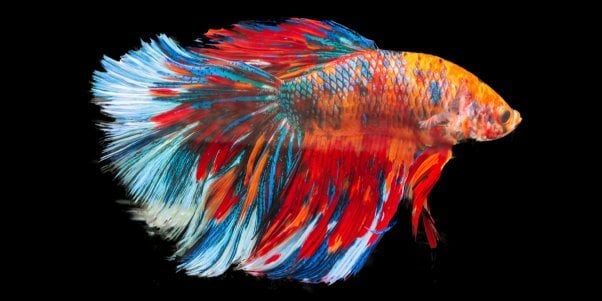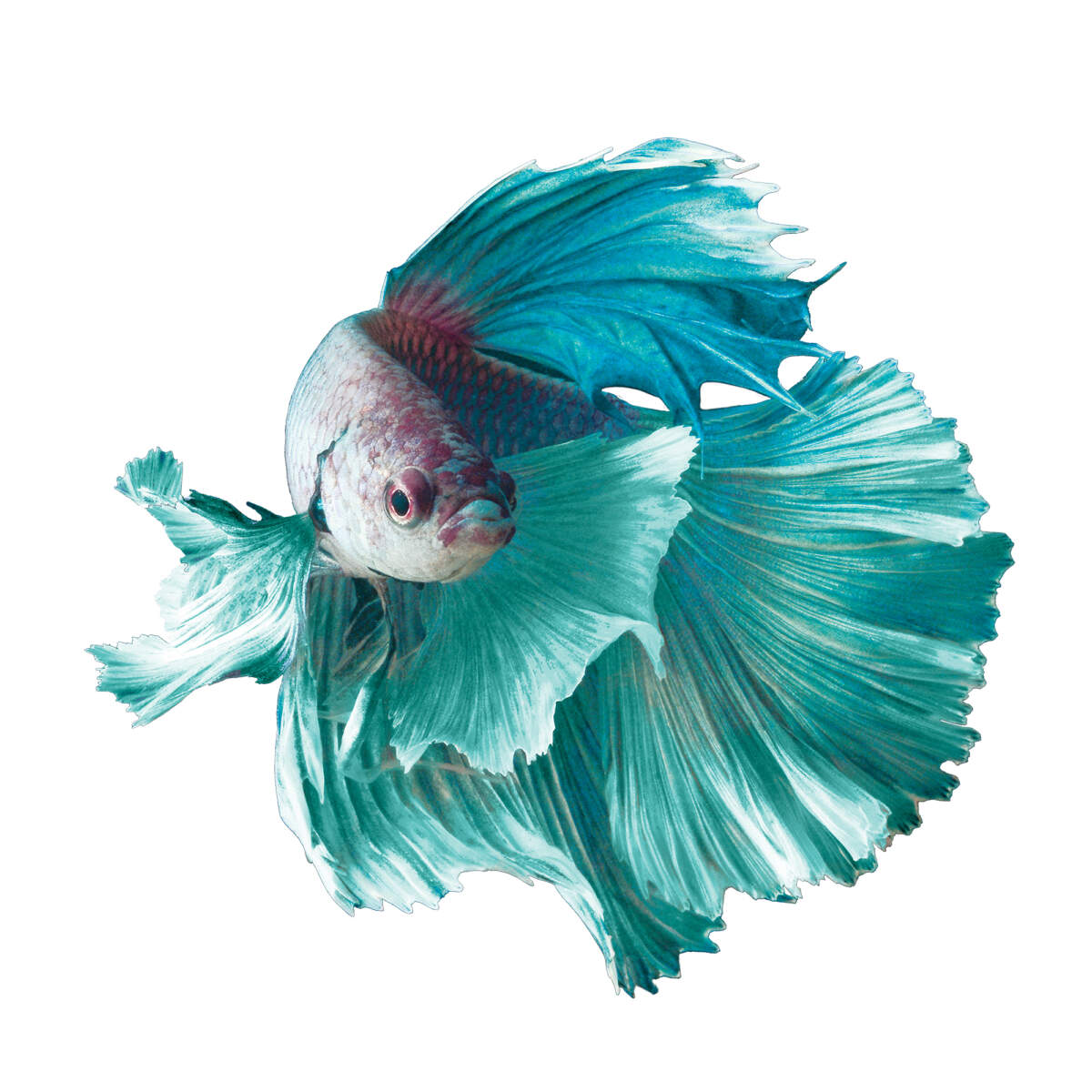Betta Fish Care: Essential Tips for a Healthy and Pleased Family Pet
Wiki Article
How to Breed Betta Fish Successfully: Expert Methods and Insights for Hobbyists Wanting To Expand Their Betta Collection
Breeding Betta fish calls for a nuanced understanding of genetics and environmental problems, making it essential for hobbyists to approach the procedure with both persistance and treatment. Creating an optimal breeding atmosphere, picking the right pairs, and observing the ins and outs of their courtship actions are fundamental steps that can considerably affect the result.Recognizing Betta Fish Genes
Comprehending the genetics of Betta fish is important for successful breeding, as it influences traits such as shade, fin form, and habits. Betta fish display a diverse selection of shades and patterns, largely determined by their hereditary make-up.Along with coloration, fin morphology is another substantial facet of Betta genetics (betta fish). The shape and dimension of fins are affected by various genetics, including those that determine whether the fins are brief, long, or veil-shaped. Recognizing these genetic variants assists breeders forecast the phenotypic end results of their children
Moreover, behavior characteristics such as aggressiveness and territoriality can also be affected by genetics. These behaviors play a crucial role in the reproducing process, as they can affect generating success and the overall personality of the resulting fry. By thoroughly understanding these hereditary concepts, breeders can make enlightened decisions, inevitably improving their reproduction programs and accomplishing preferable results.
Preparing the Reproduction Environment
Developing an ideal reproduction environment is crucial for the effective reproduction of Betta fish. The very first step in preparing this setting is to select an ideal breeding storage tank, ideally ranging from 5 to 10 gallons. This size enables adequate swimming room and the establishment of areas. The container ought to be outfitted with a heater to preserve a secure temperature between 78 ° F and 80 ° F, which is crucial for motivating generating behavior.Next, think about making use of a sponge filter or an air rock to provide gentle water flow without producing solid currents that can emphasize the fish. It is necessary to set up plants or reproducing cones to offer hiding spots and promote comfort for the woman during the spawning process. Floating plants, such as Java moss or water sprite, can likewise produce an extra native environment while helping with bubble nest building by the male.
Before introducing the breeding pairs, guarantee the water is conditioned and complimentary from dangerous chemicals, such as chlorine or hefty steels. betta fish. Routine water modifications must be carried out to keep optimum water top quality, boosting the opportunities of effective reproduction. With these prep work in location, the breeding environment will certainly sustain the wellness and wellness of both Betta fish
Picking Reproduction Pairs
Choosing the ideal breeding pairs is crucial for attaining effective Betta fish recreation. When selecting your breeding sets, think about a number of essential factors consisting of wellness, temperament, and genes. Healthy and balanced Betta fish display vibrant shades, clear eyes, and energetic behavior. Picking fish that are devoid of illness ensures a better chance of generating feasible offspring.Temperament is an additional essential consideration, as Betta fish are understood for their aggressive nature. It is a good idea to select a man and woman that show compatible personalities to lessen stress throughout Discover More the breeding process. A tranquil male can urge a smoother courtship, while a female that is as well aggressive may interfere with the process.
Hereditary history also plays a substantial role in the top quality of the offspring. Breeding fish that are genetically varied can reduce the danger of genetic health problems and boost the overall vigor of the fry. It is beneficial to look into the family tree of both the male and lady, focusing on desirable characteristics such as fin type, color patterns, and dimension.
The Reproduction Process
The reproduction process of Betta fish requires mindful planning and focus to information to make certain an effective end result. At first, it is crucial to prepare an ideal breeding container, preferably a 5-10 gallon fish tank with a temperature maintained at 78-80 ° F. The storage tank must be outfitted with a heater, filter (preferably sponge type to prevent strong currents), and lots of aquatic plants for the lady to conceal.As soon as the environment is established, present the selected reproducing set to our website the container, permitting them to adjust. Observe their habits; the male will display fancy courtship rituals, including flaring his fins and building a bubble nest. If the female shows interest, she will show vertical red stripes showing preparedness for spawning.
When the female is responsive, the pair will certainly involve in a mating welcome, during which the male feeds the eggs. Preserving optimal water problems during this duration is necessary for the advancement of healthy Betta fry.
Taking Care Of Betta Fry

Feeding Betta fry is crucial, as they require a diet plan high in healthy protein. Originally, they can be fed infusoria or liquid fry food, transitioning to finely crushed high-grade pellets as they grow. Feed little parts numerous times a day to urge healthy growth without overloading the container with leftover food.

As they develop, monitor their growth carefully and separate any hostile individuals to avoid damage. By giving a supporting setting and proper nutrition, hobbyists can successfully raise Betta fry into vibrant, healthy and balanced fish, eventually enhancing their reproduction undertakings.
Verdict
Successful Betta fish breeding requires careful attention to genetic selection, ecological conditions, and care for the fry. By comprehending the genes of Betta fish and preparing a proper reproduction atmosphere, enthusiasts can boost the chances of producing lively, healthy offspring.Report this wiki page